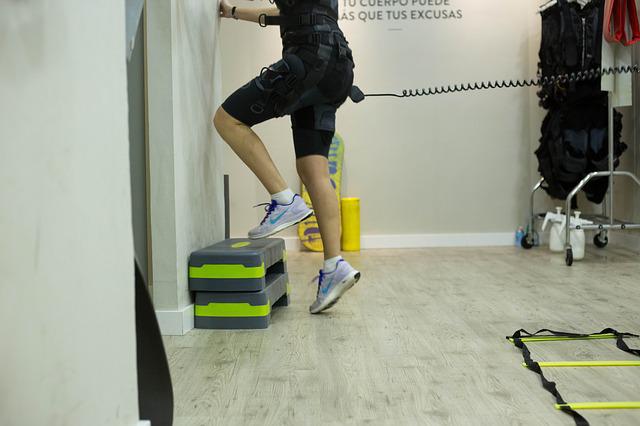Core rotations are a crucial component of veterinary school that typically occurs during the third and fourth years of the Doctor of Veterinary Medicine (DVM) program. Veterinary medicine is the branch of medical sciences that deals with diagnosing, preventing, and treating animal diseases and disorders. The field of veterinary medicine encompasses a wide range of species, from companion animals such as cats and dogs to farm animals like cattle and horses, along with wild animals, namely reptiles and birds. Core rotations in veterinary school focus on helping students gain hands-on experience in various areas of veterinary medicine, including surgery, diagnostic imaging, internal medicine, and others.
The purpose of core clinical rotations is to give students exposure to the different specialties within veterinary medicine and offer them the opportunity to develop clinical skills, which is imperative in becoming a skilled veterinarian. During core clinical rotations, students participate in patient examination, diagnosis, treatment, and surgeries, and interpret diagnostic tests, such as x-rays and blood work.
Core clinical rotations in veterinary school provide students with many benefits that help them develop the necessary skills and knowledge to become successful veterinarians. Some of the key benefits of core rotations include the following:
Hands-on experience: Core rotations allow students to apply the theoretical knowledge they have acquired in the classroom to real-life clinical situations. This hands-on experience is critical to building the confidence and competence needed to perform as a practicing veterinarian.
Exposure to different specialties: They also expose students to a variety of specialties within veterinary medicine, including small animal medicine, large animal medicine, surgery, diagnostic imaging, and others. This broad exposure helps students understand the different aspects of veterinary medicine and allows them to determine which specialties they may be interested in pursuing.
Supervised training: During core rotations, students work closely with experienced veterinarians who provide guidance and feedback on their clinical skills and decision-making abilities. This supervised training helps students develop their critical thinking skills and improve their ability to diagnose and treat animal illnesses.
Networking opportunities: Core rotations also allow students to meet and work with experienced veterinarians from various practices and specialties. This can lead to valuable networking opportunities and help students establish professional relationships that will benefit their future careers.
Preparation for the North American Veterinary Licensing Exam (NAVLE): NAVLE is a comprehensive examination that veterinary graduates must pass to become licensed veterinarians in North America. One of the most prominent benefits of core clinical rotations is that the students receive valuable preparation for the NAVLE examination. During core clinical rotations, Veterinary students apply theoretical knowledge in a practical setting which helps them develop their clinical skills.
Career exploration: Core rotations allow students to explore different career paths within veterinary medicine, including private practice, research and development, public health, and others. This can help students make informed decisions about their future career paths and determine which areas of veterinary medicine they are most passionate about.
Overall, core rotations in veterinary school provide students with valuable hands-on experience, exposure to different specialties, and opportunities to develop their clinical skills and knowledge. These benefits are critical to helping veterinary students prepare for successful careers as practicing veterinarians.







